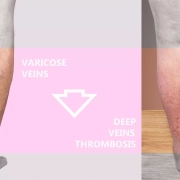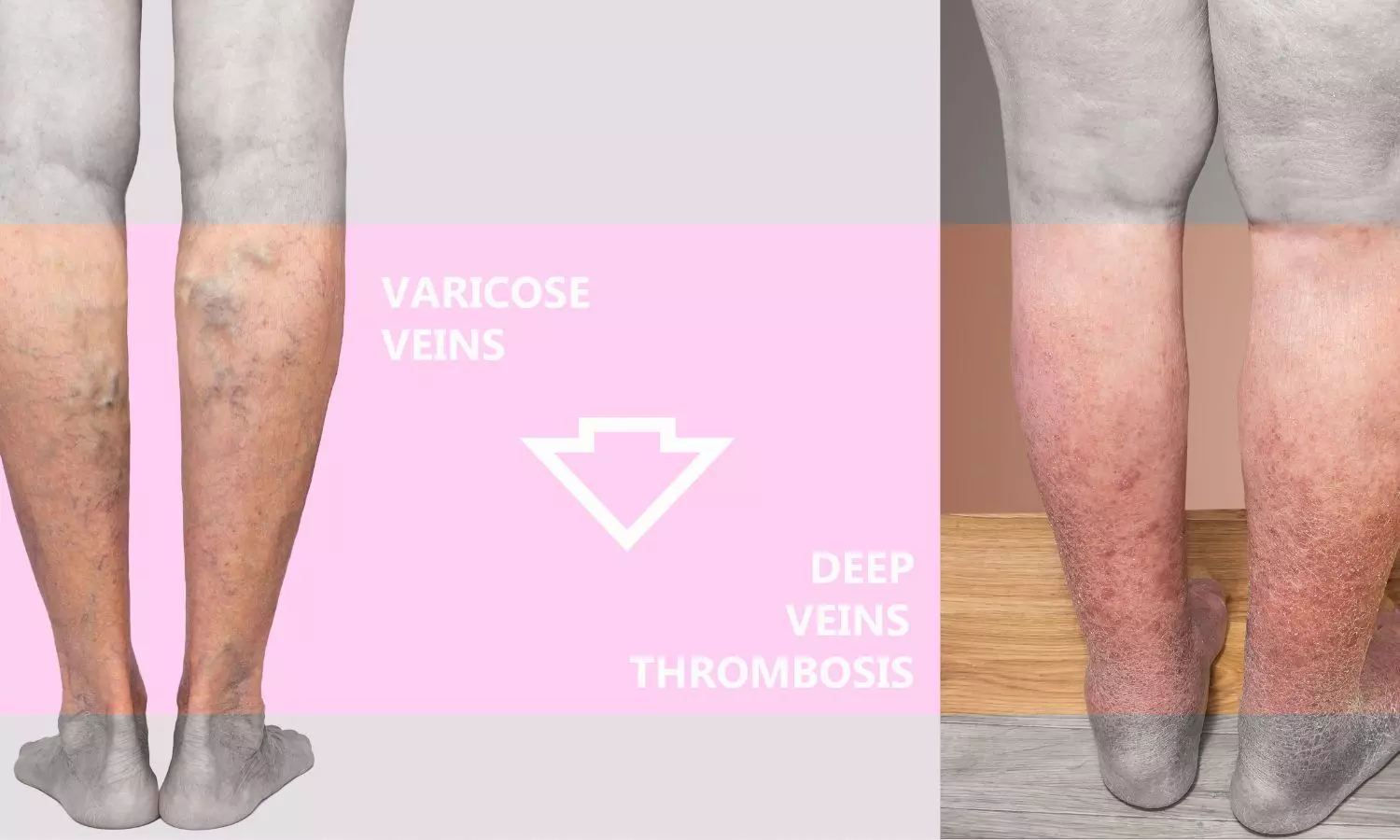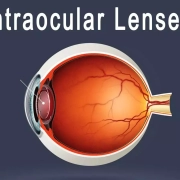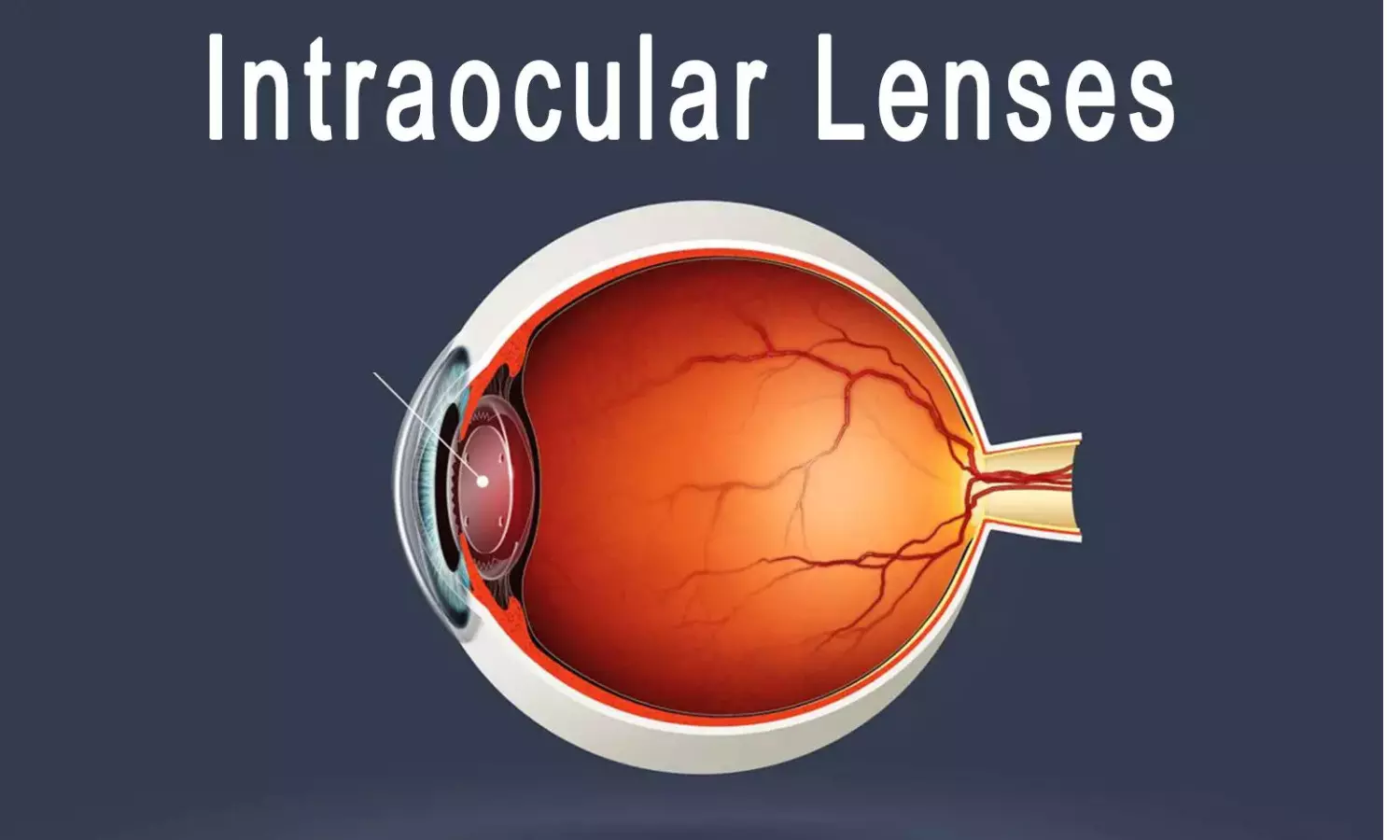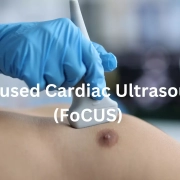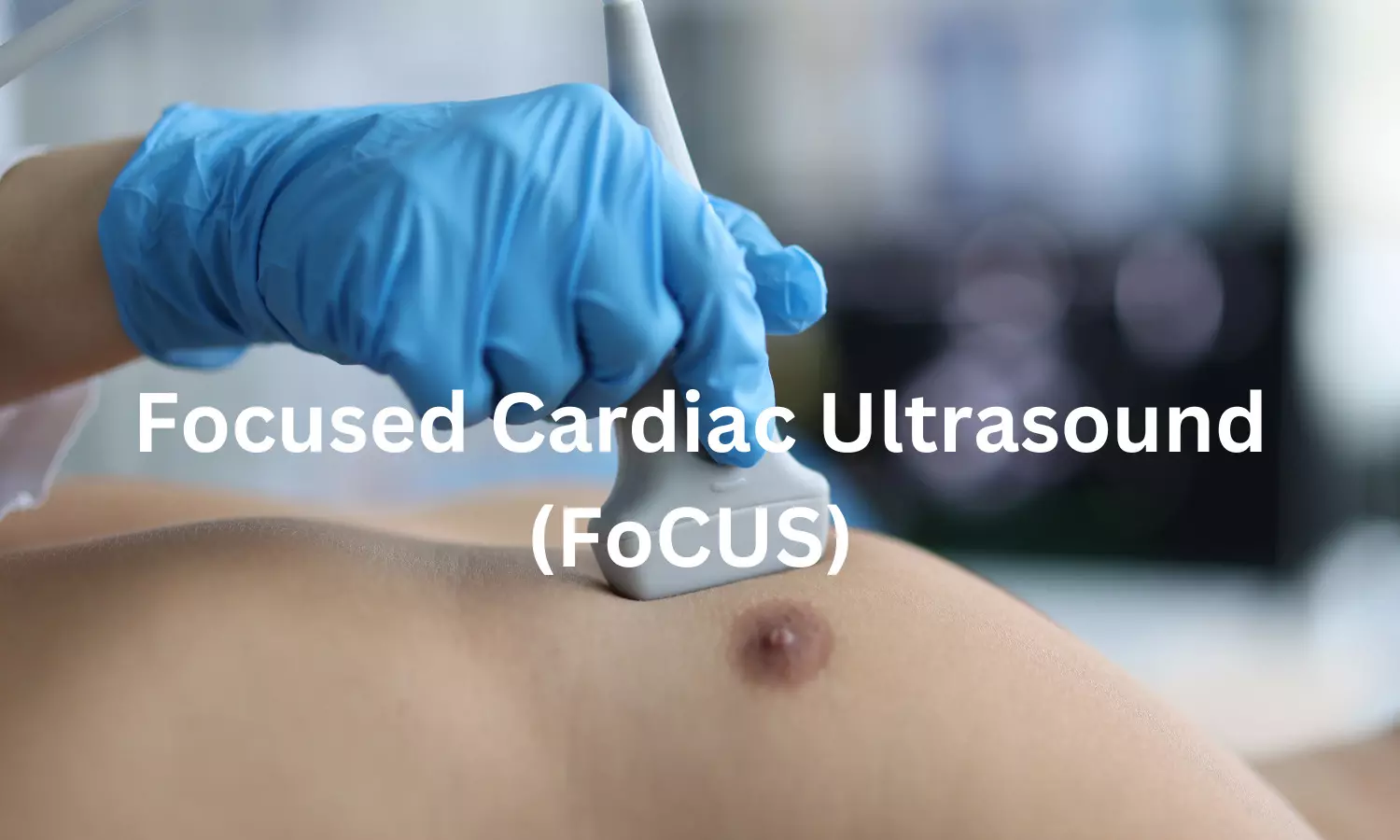Healthy omega-3 fats may delay progression of deadly pulmonary fibrosis

UVA researchers have found in a new study that higher levels of omega-3 were associated with better lung function and longer transplant-free survival in pulmonary fibrosis patients.
Researchers conducted the study to find out whether healthy fats found in nuts and fish slow the progression of potentially deadly lung scarring known as pulmonary fibrosis and delay the need for lung transplants.
UVA pulmonary researchers looked at the association between blood-plasma levels of omega-3 fatty acids-the heart-healthy fats found in foods such as salmon and flaxseeds-and the progression of pulmonary fibrosis, as well as how long patients could go without needing a transplant. The researchers found that higher levels of omega-3 were associated with better lung function and longer transplant-free survival.
While more research is needed, the researchers say their findings warrant clinical trials to determine if interventions that raise omega-3 levels could be a useful tool to improve outcomes for patients with pulmonary fibrosis and other chronic lung diseases.
“We found that higher levels of omega-3 fatty acids in the blood, which reflects several weeks of dietary intake, were linked to better lung function and longer survival,” said researcher John Kim, MD, a pulmonary and critical care expert at UVA Health and the University of Virginia School of Medicine. “Our findings suggest omega-3 fatty acids might be a targetable risk factor in pulmonary fibrosis.”
Omega-3 and Pulmonary Fibrosis
Omega-3 fatty acids have already been linked to a host of health benefits. Studies have suggested, for example, that they may lower the risk of heart disease, stroke-causing blood clots, breast cancer and other cancers, Alzheimer’s disease and dementia.
Kim and his colleagues wanted to determine if omega-3s could play a protective role in interstitial lung disease, a group of chronic lung diseases that can lead to pulmonary fibrosis. A growing problem around the world, pulmonary fibrosis is an irreversible condition that leaves the lungs unable to exchange oxygen and carbon dioxide properly. This can cause patients to become short of breath, weak, unable to exercise and a host of other symptoms. Smoking is a major risk factor.
The researchers looked at anonymized data on patients with interstitial lung disease collected in the Pulmonary Fibrosis Foundation Registry, as well as information volunteered by patients at UVA Health and the University of Chicago.
In total, the scientists reviewed information on more than 300 people with interstitial lung disease. Most were men (pulmonary fibrosis is more common in men than women), and most suffered from “idiopathic” pulmonary fibrosis, one of the conditions that fall under the banner of interstitial lung disease.
The researchers found that higher levels of omega-3 fatty acids in the blood plasma were associated with better ability to exchange carbon dioxide and longer survival without the need for a lung transplant. This did not vary much regardless of smoking history or whether the patients had cardiovascular disease.
“Higher levels of omega-3 fatty acids were predictive of better clinical outcomes in pulmonary fibrosis,” Kim said. “These findings were consistent whether you had a history of cardiovascular disease, which suggests this may be specific to pulmonary fibrosis.”
The doctors say additional research is needed to understand just how omega-3s could be having this protective benefit. They are calling for clinical trials and more mechanistic studies to obtain additional insights and determine if omega-3 fatty acid drugs or dietary changes could improve patient outcomes.
“We need further research to determine if there are specific omega-3 fatty acids that may be beneficial and, if so, what are their underlying mechanisms,” Kim said. “Similar to other chronic diseases, we hope to determine whether nutrition related interventions can have a positive impact on pulmonary fibrosis.”
Reference:
John S. Kim, Shwu-Fan Ma, Jennie Z. Ma, Shrestha Ghosh, Krishnarao Maddipati, Imre Noth, Associations of Plasma Omega-3 Fatty Acids With Progression and Survival in Pulmonary Fibrosis, DOI:https://doi.org/10.1016/j.chest.2023.09.035.
Powered by WPeMatico




